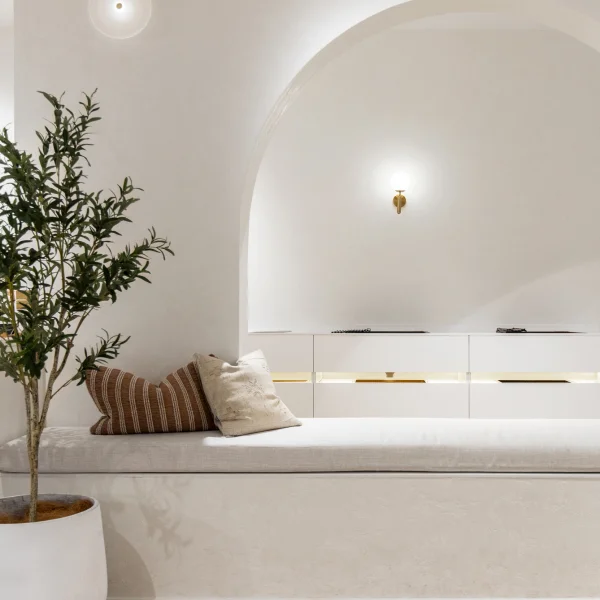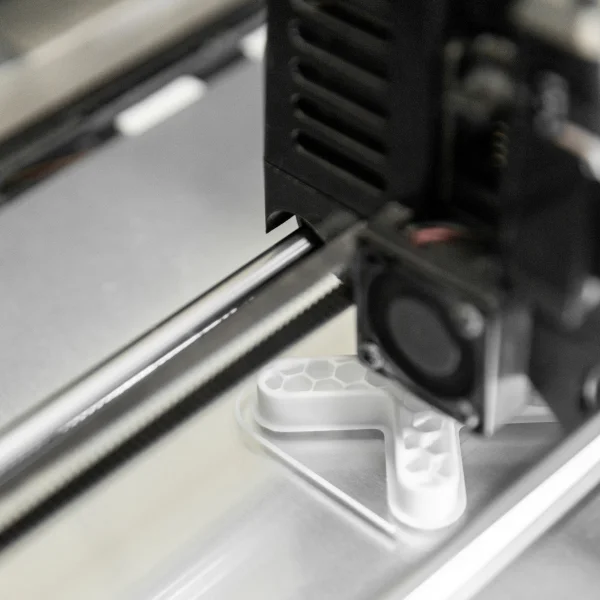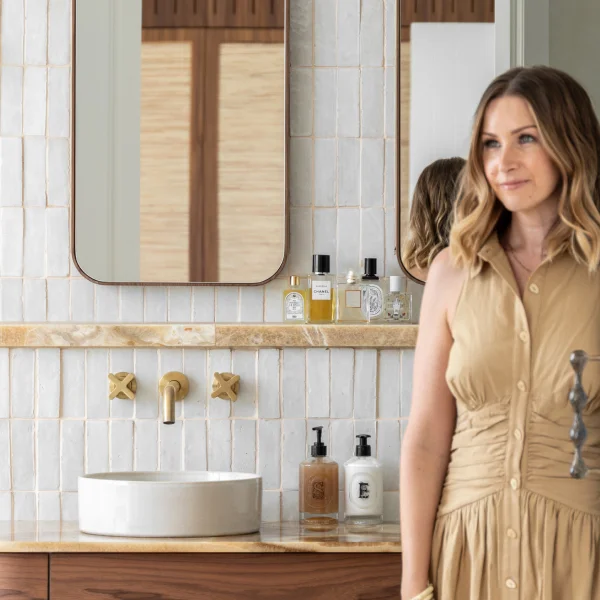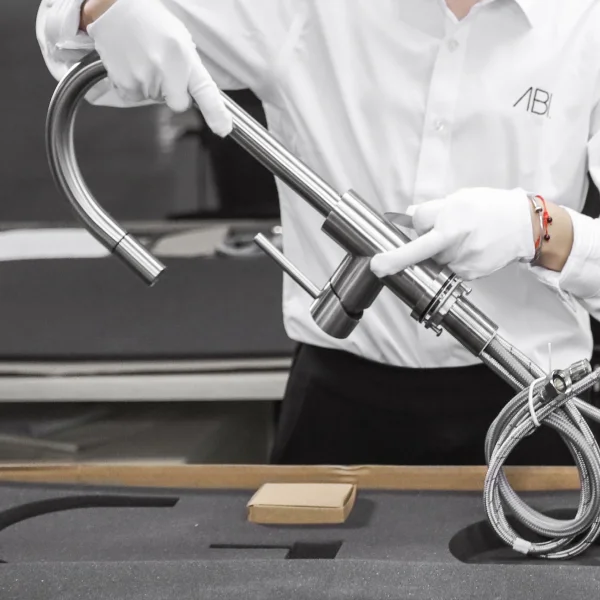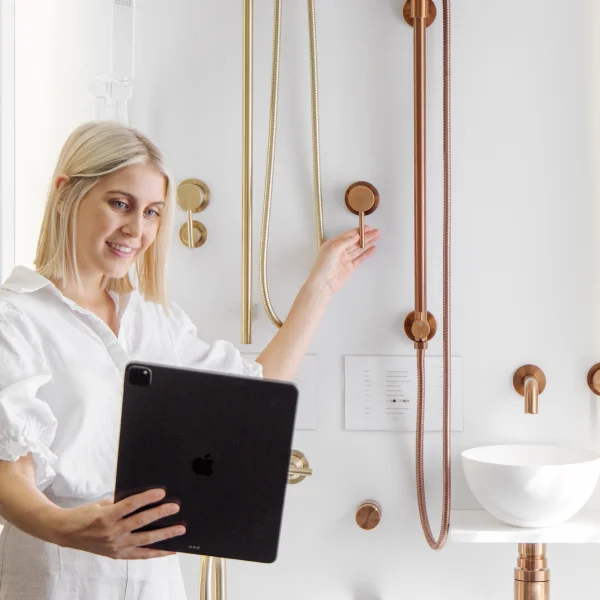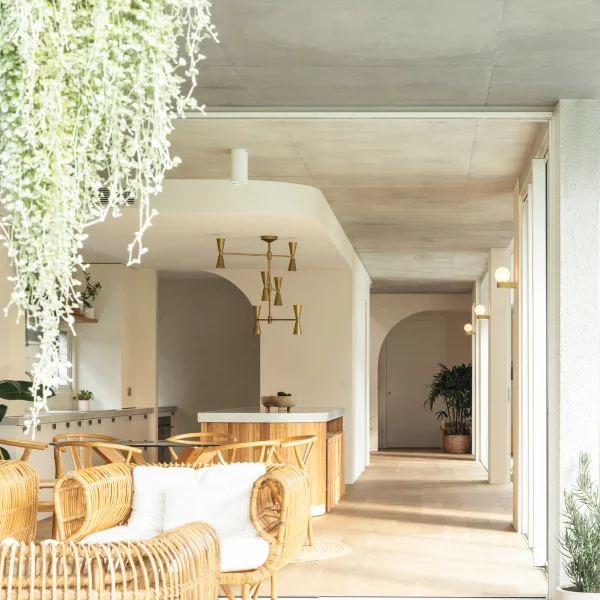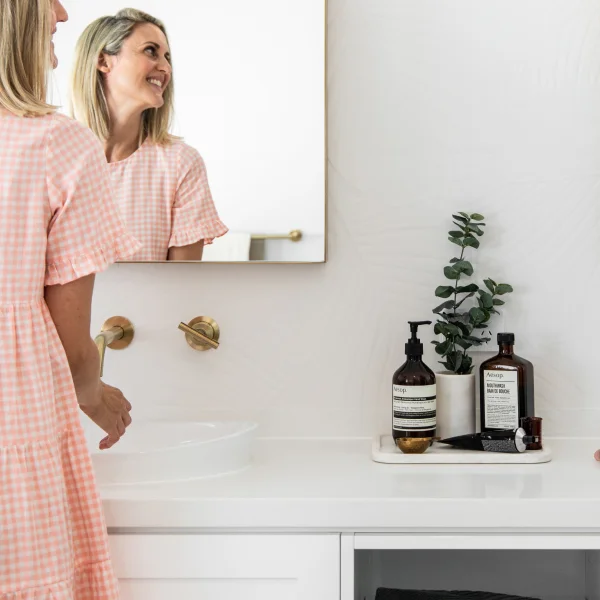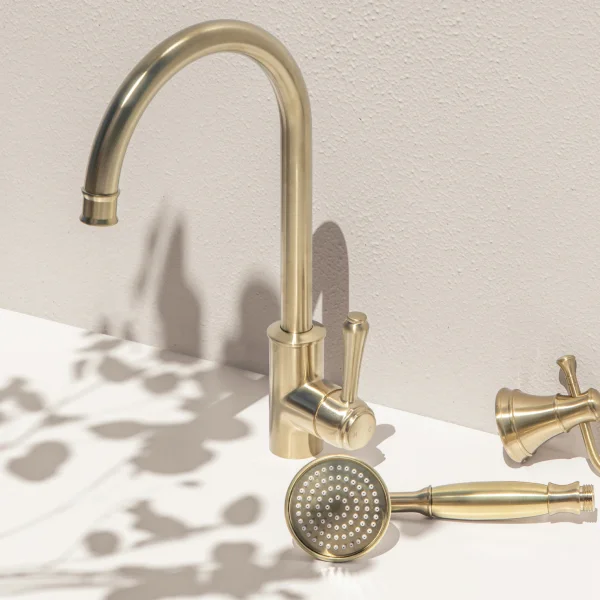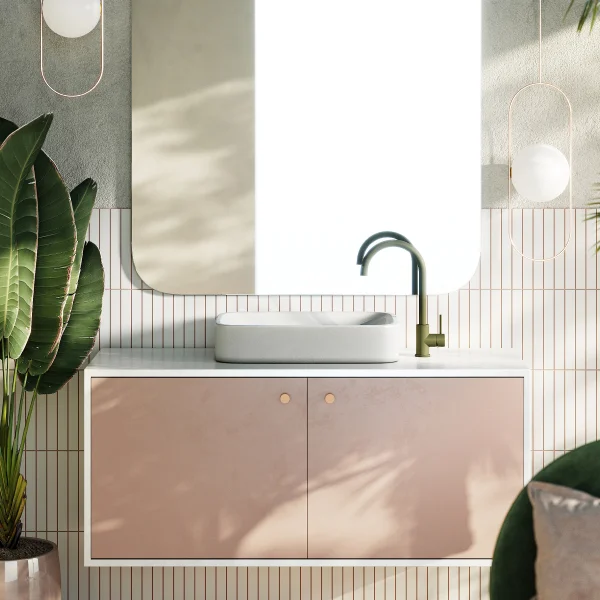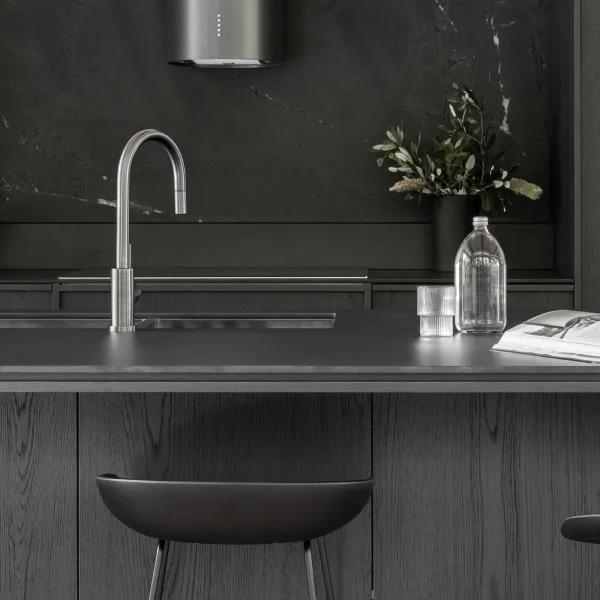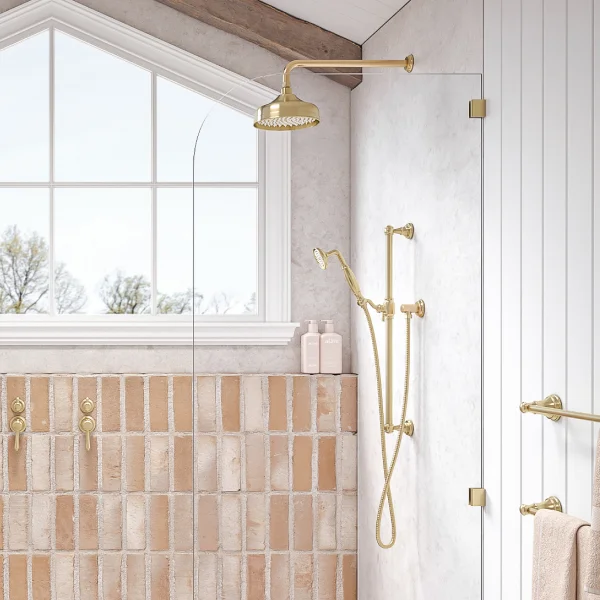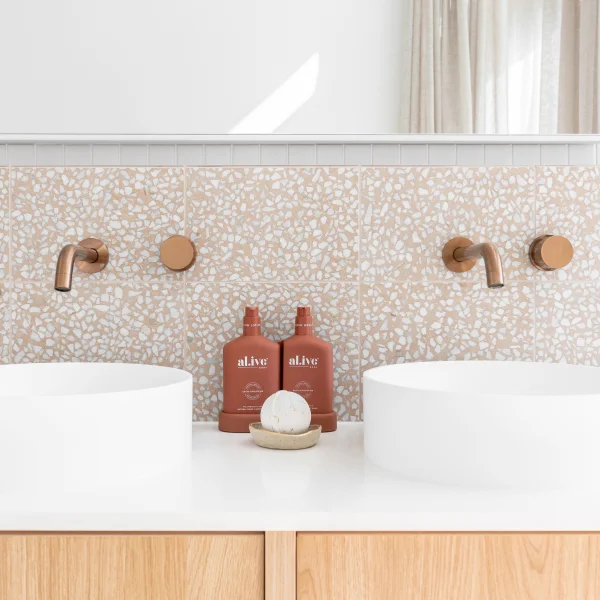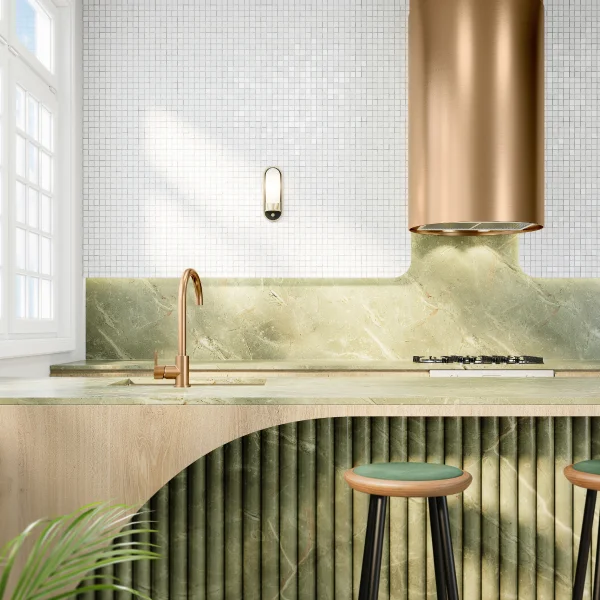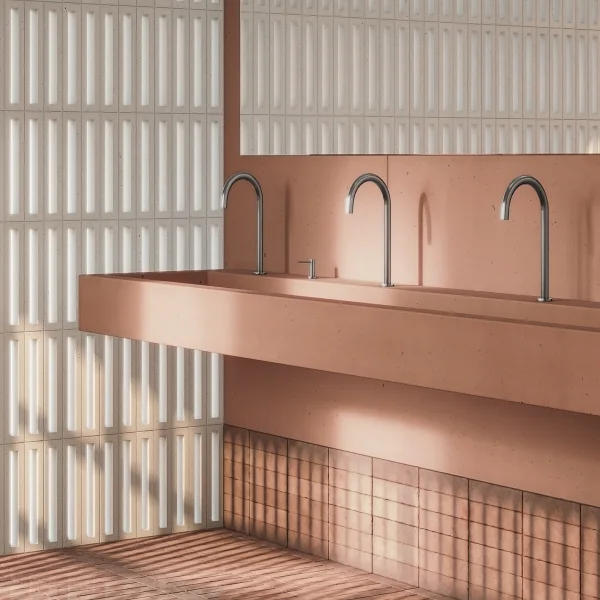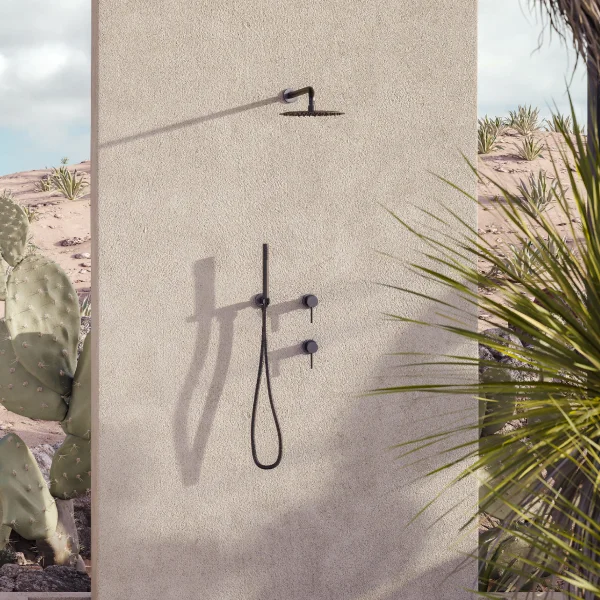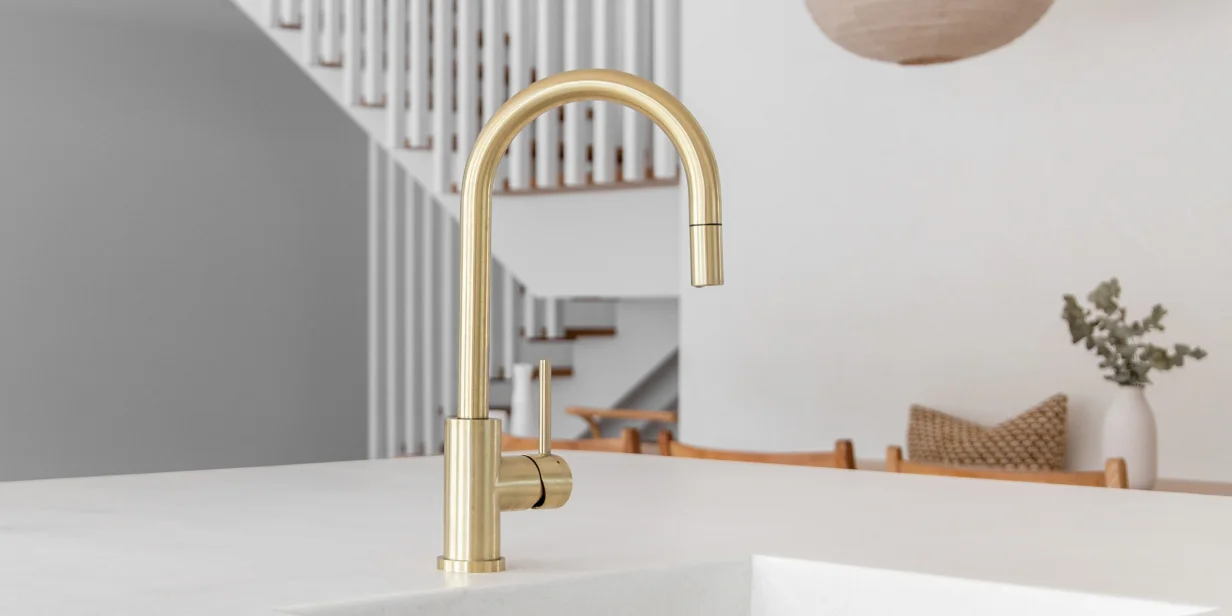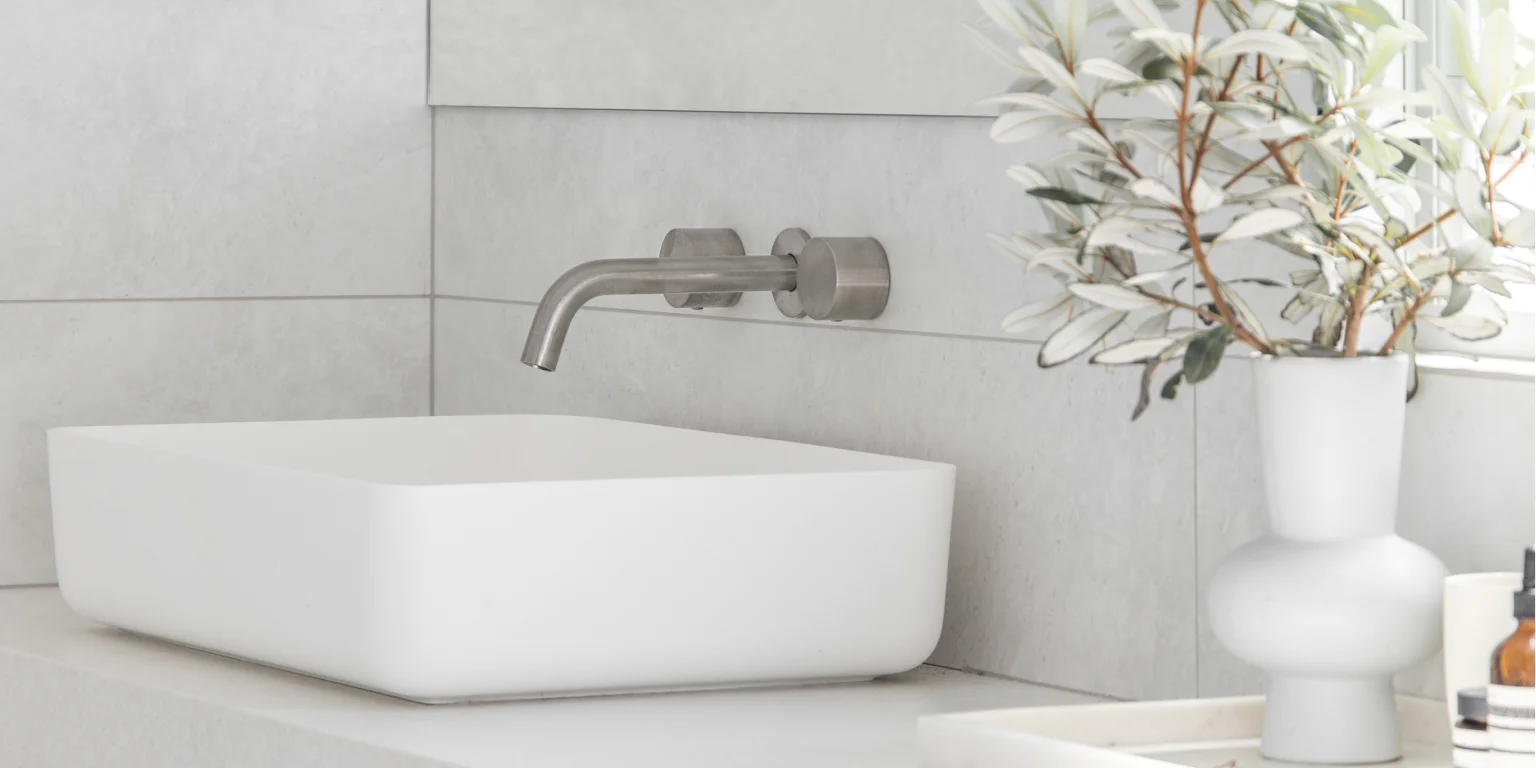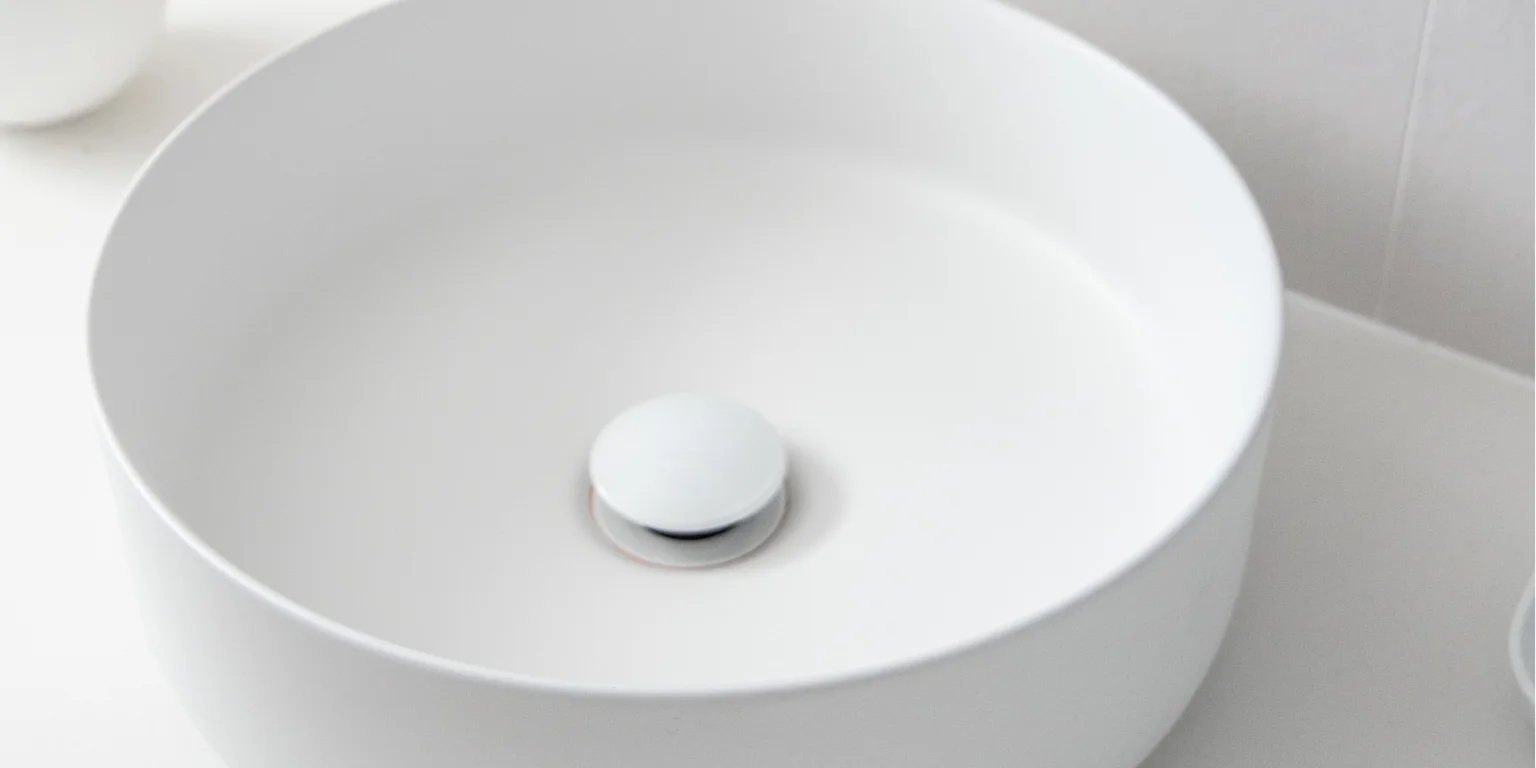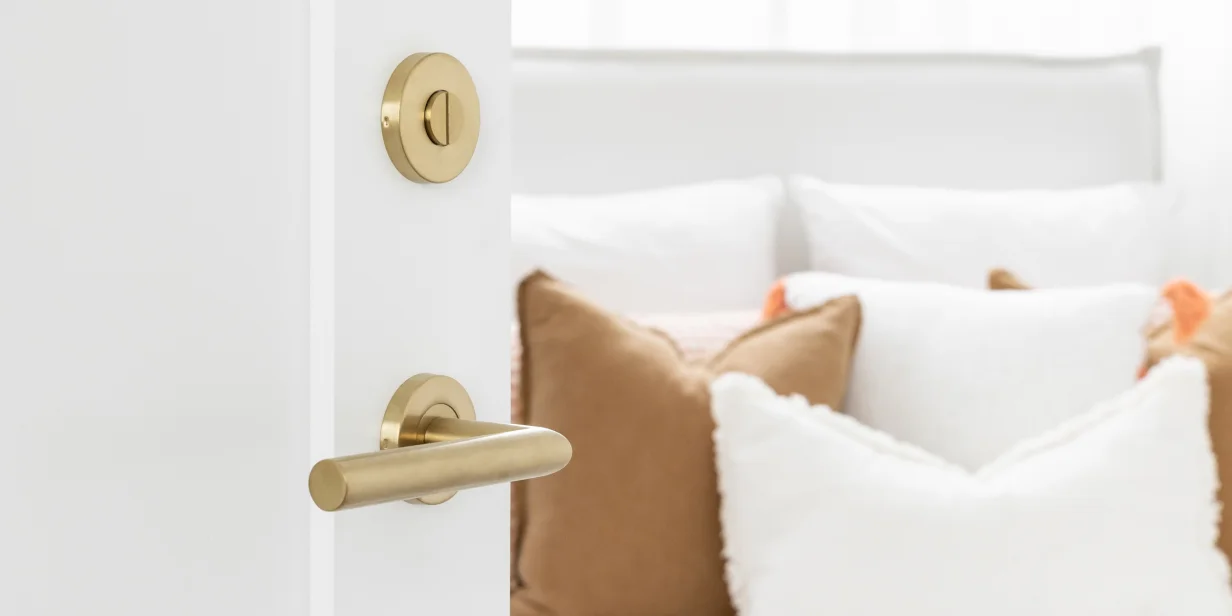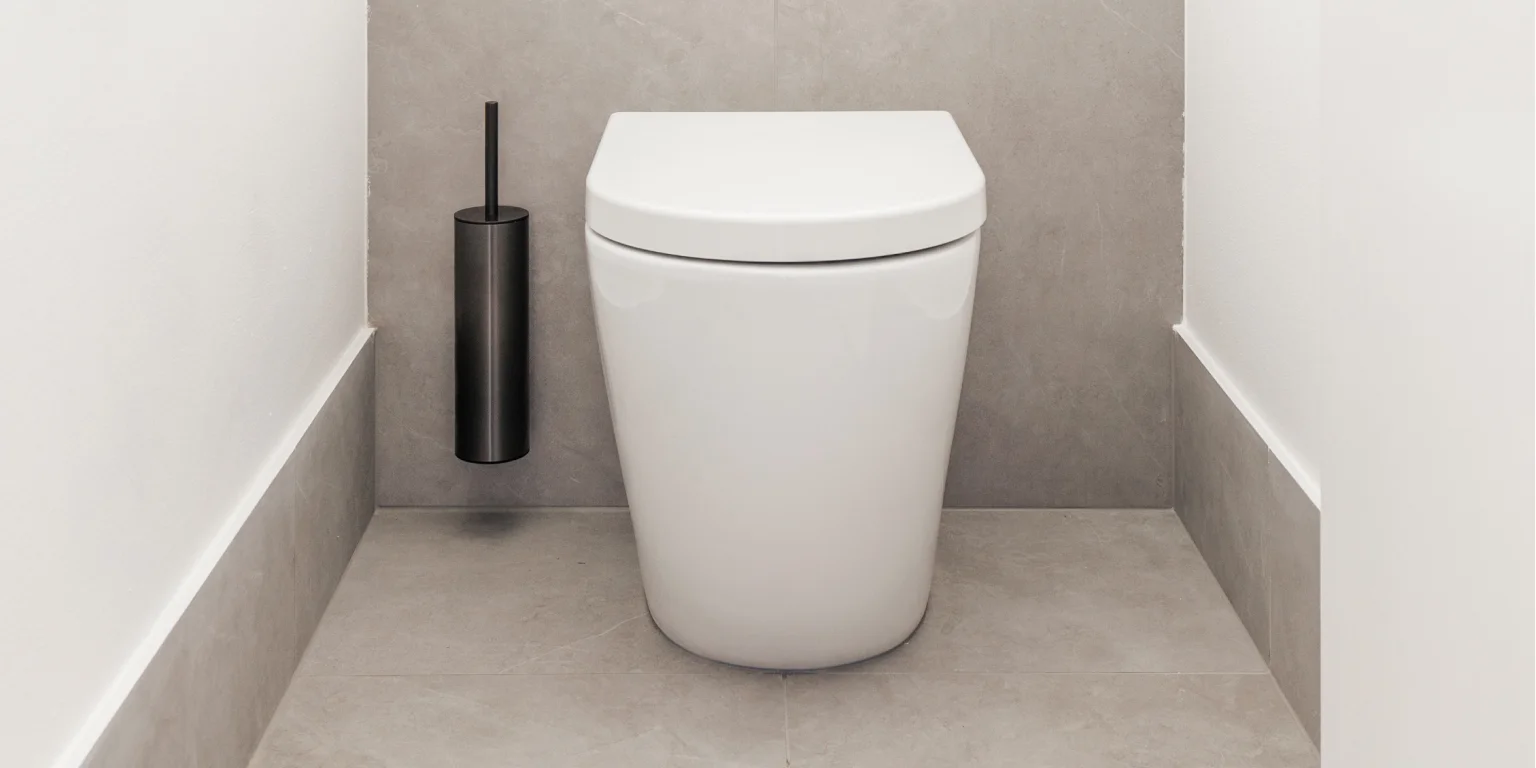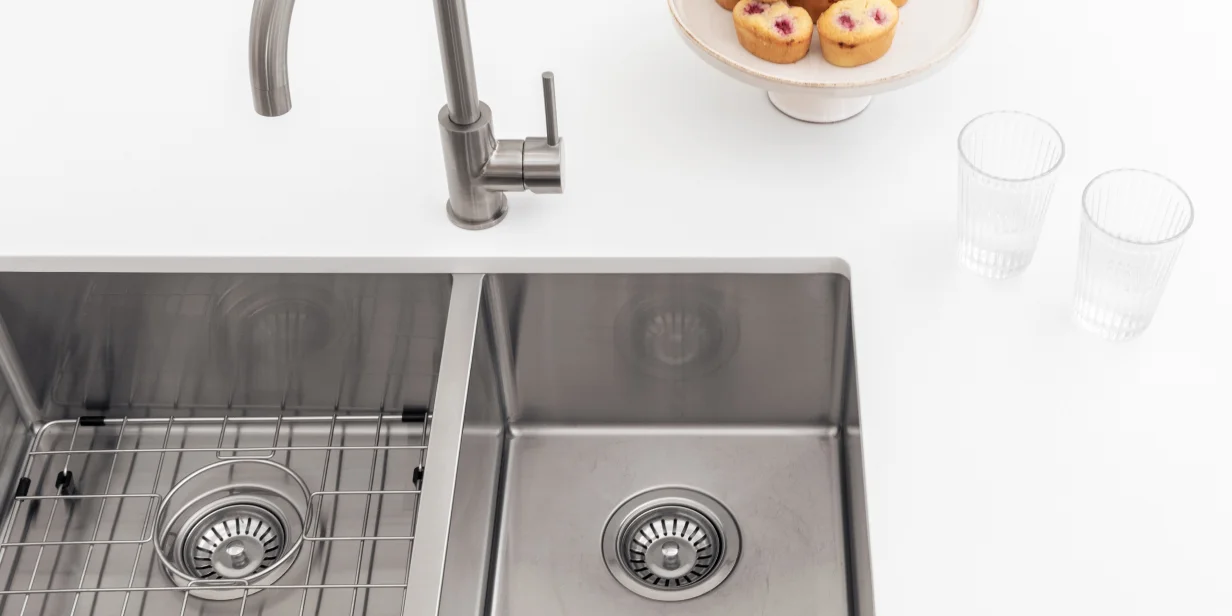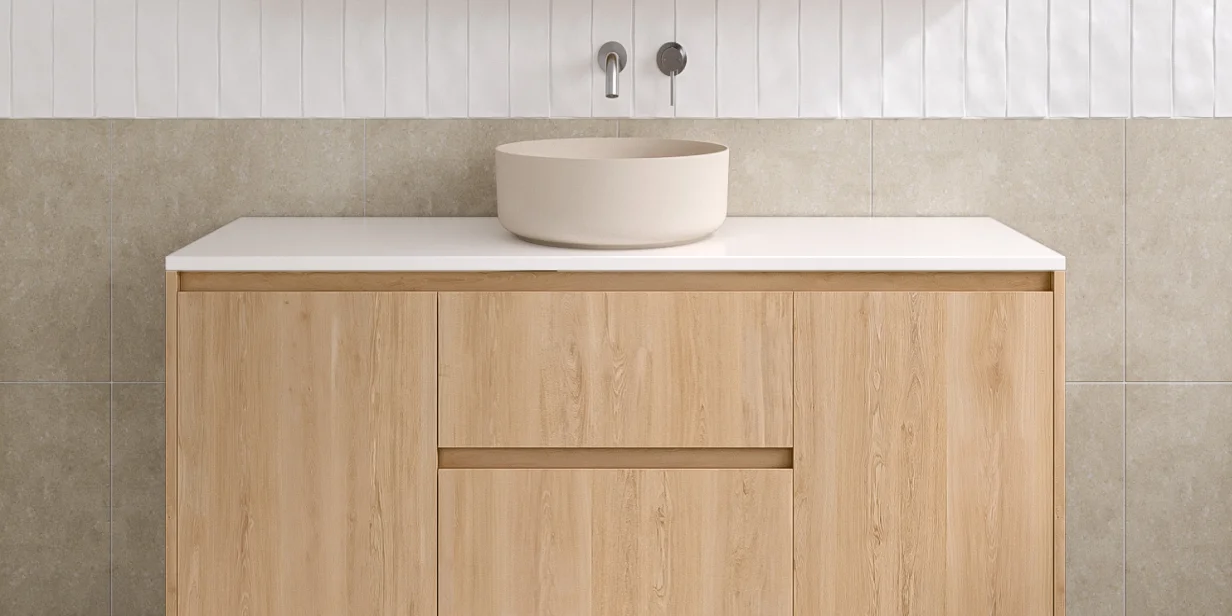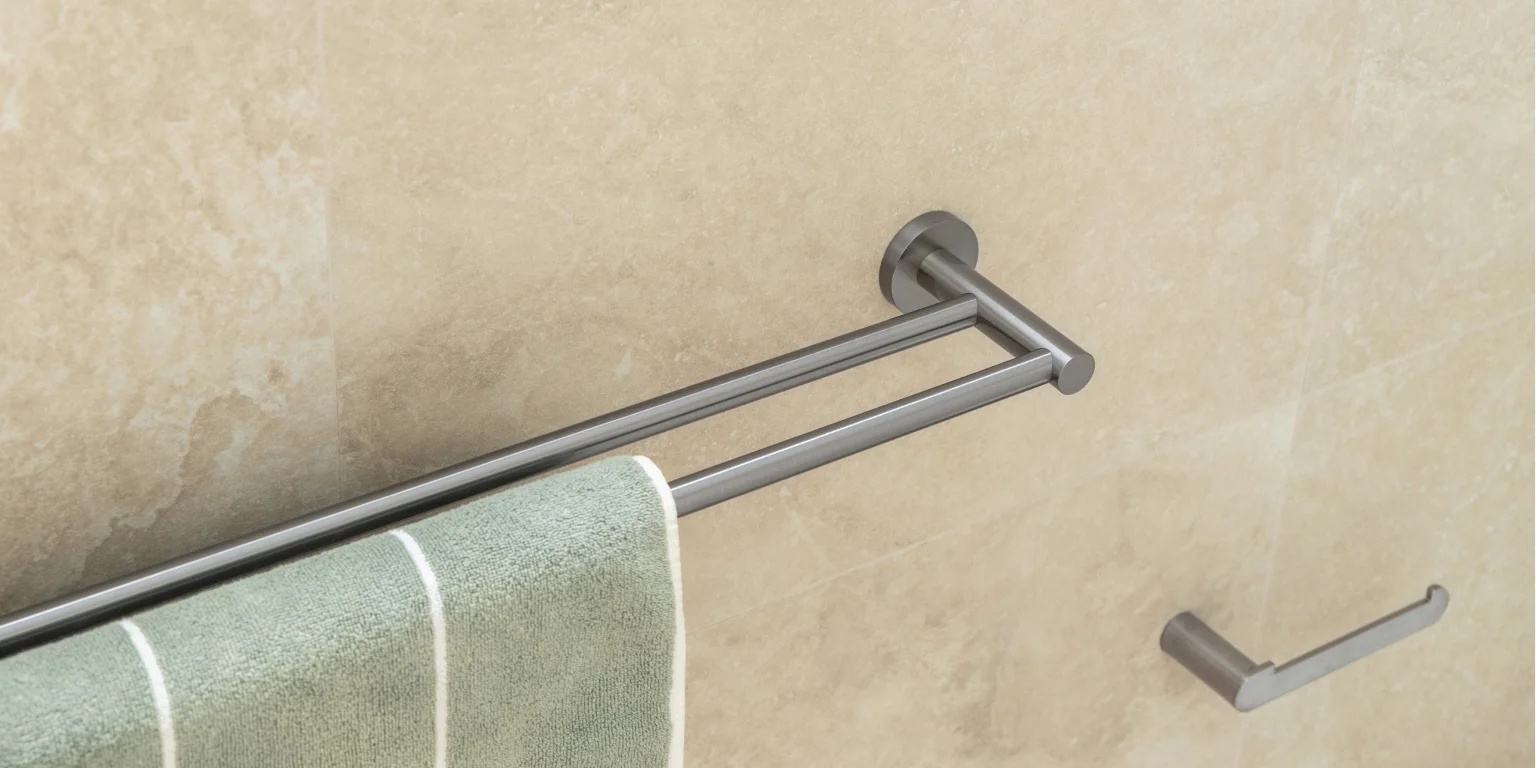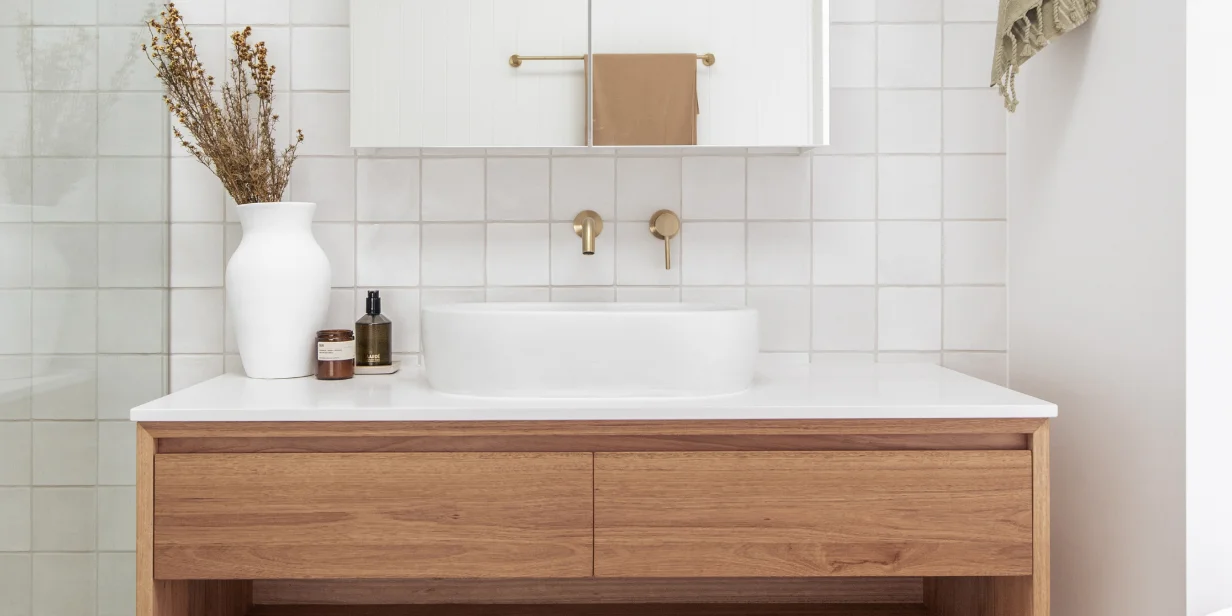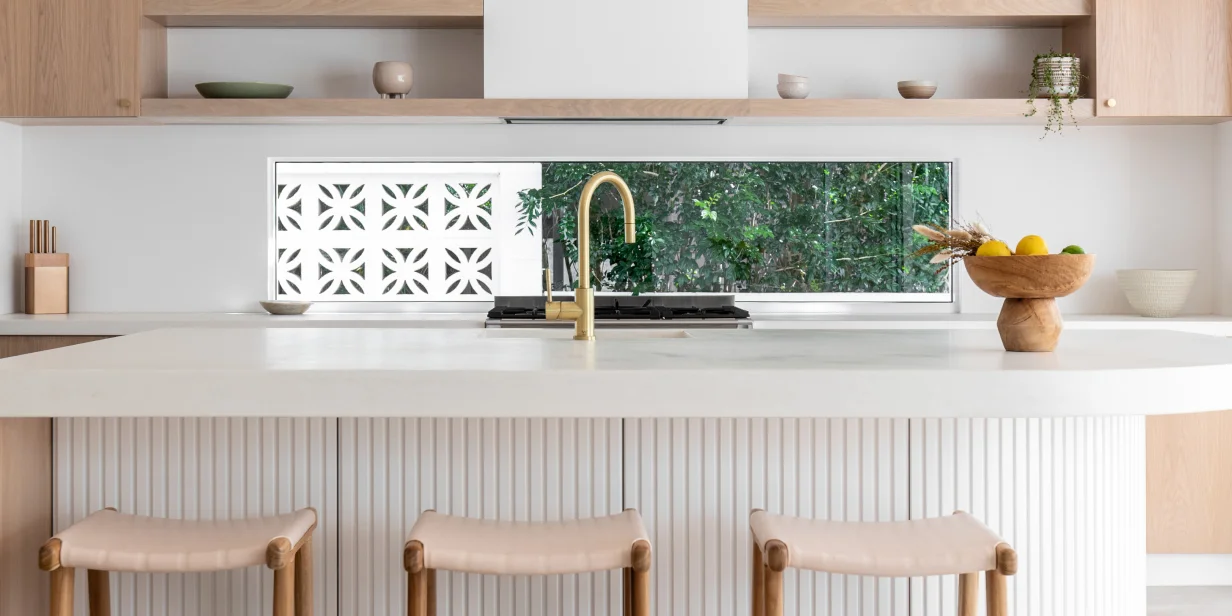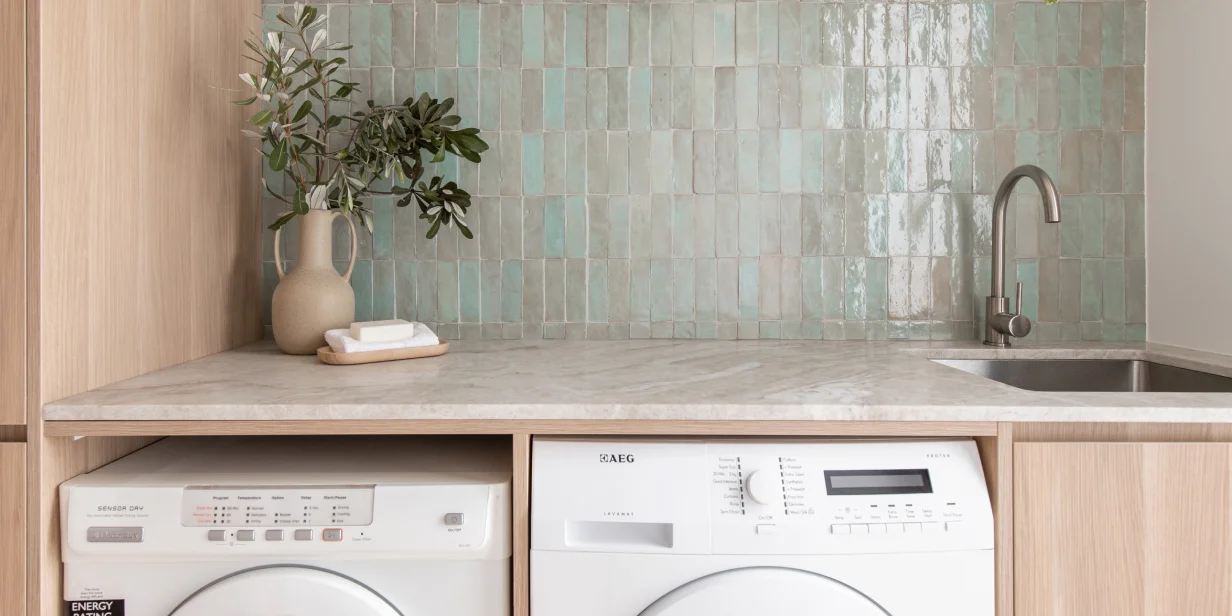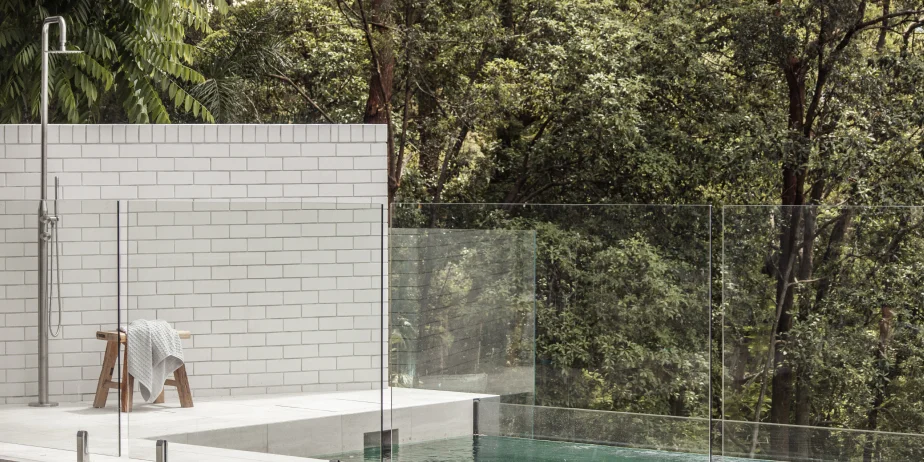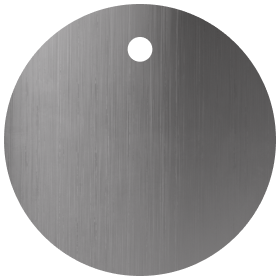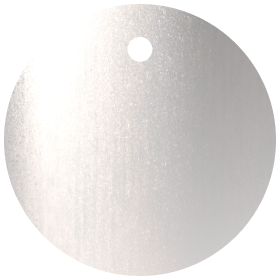BIOPHILIC DESIGN: HOW TO BRING THE NATURAL WORLD INTO YOUR HOME
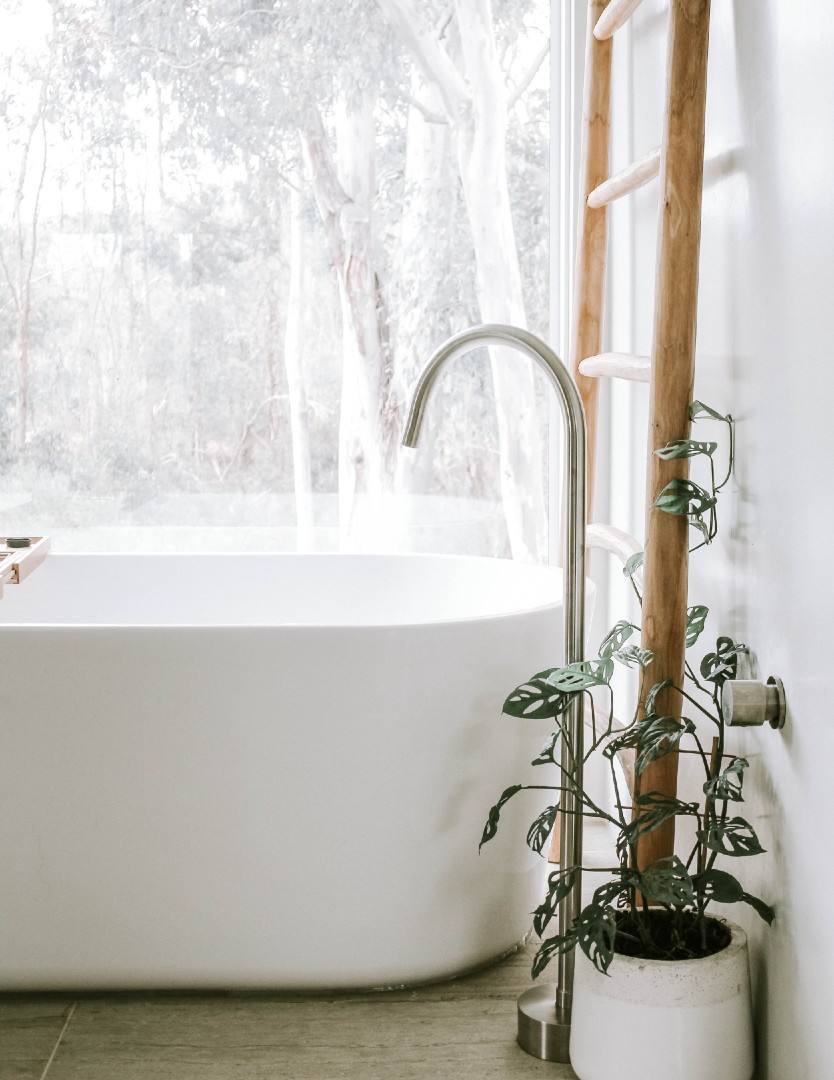
Coined by psychoanalyst Erich Fromm in 1973, biophilia is the idea that humans innately wish to seek connections with nature. This distinction could only be made possible when we started to urbanise our living and shelter away from the elements.
Around 87% of the New Zealand population lives in urban areas, which shrinks most people’s interaction with the outdoors. In recent years, and especially motivated by the COVID-19 pandemic, the notion of biophilic design has been popularised.
Biophilic design is the infusion of the natural world into your home. As nature works autonomously, when we enter green spaces, it alleviates some of our mental fatigue as it does not require our focused attention. Nature is a multi-sensory landscape that brings us out of autopilot mode.
Integrating that concept indoors can promote the well-being of our psychological and physiological states. If you feel your home is too sterile, adopting a biophilic design may help you engage with your surroundings better.
Here are some ideas to help you bring the natural world into your home.
PLANTS
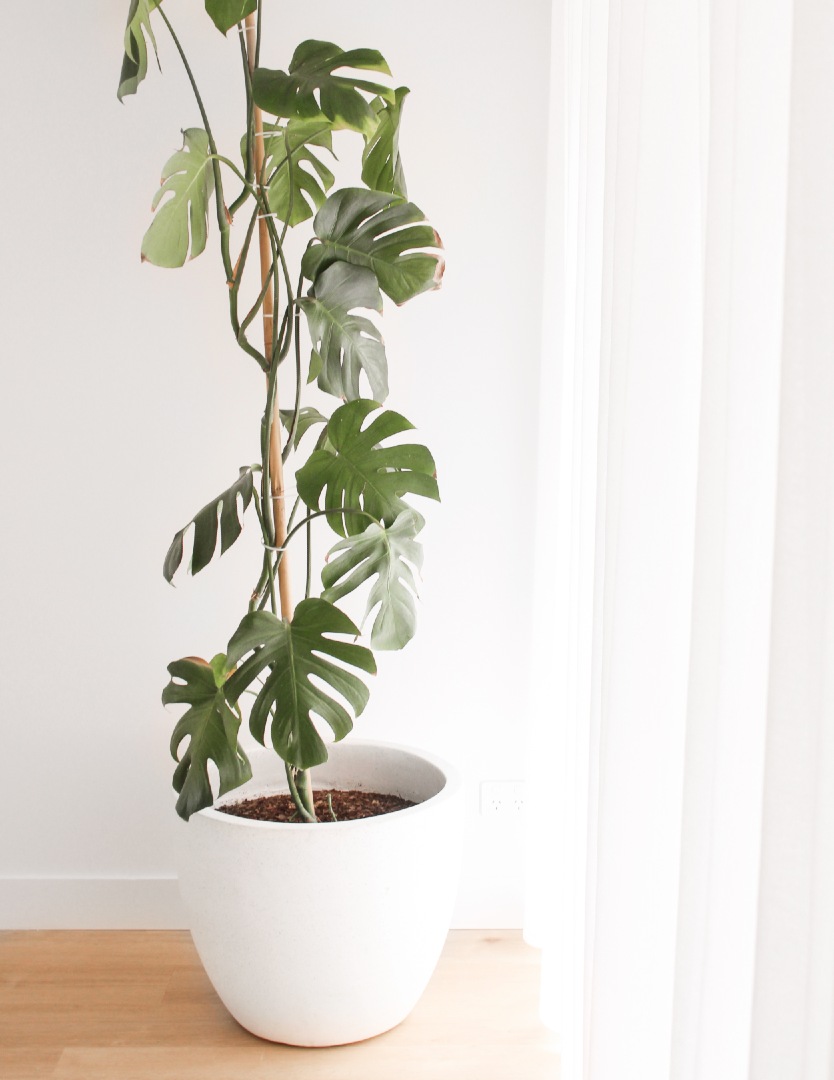
Introducing plants into your home is one of the easiest and direct ways to connect with the natural world and create a biophilic atmosphere. Assess what kind of light is in each room, and tailor the plants you choose to suit the conditions.
Mimicking your plant’s natural environment helps them thrive, and in turn, lessens the degree of separation you may feel from the outside world. Some of the benefits of having indoor plants include stress reduction, increased productivity, and air purification.
SMELL
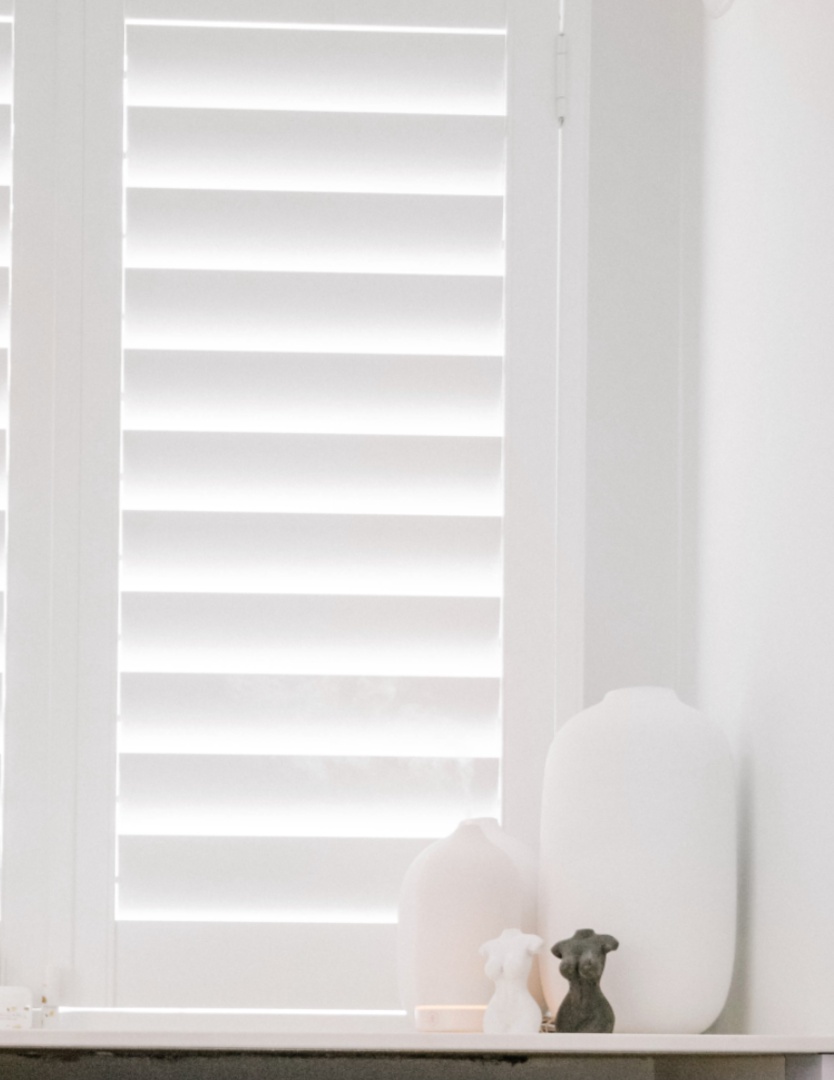
Our five senses connect us to our external environment, and being outdoors in nature engages all of them. Though, in our predominantly modern, indoor lives, our sense of smell is arguably the most underrated.
To replicate the multi-sensory experience of the natural world in your home, try implementing some natural scents. Whether it be via a diffuser, incense or even natural cleaning products, ensure these smells reflect the aromas of nature. It could be a good idea to find scents of plants that are native to your country, to help you feel more connected and at ease.
SOUNDS

You come home from a long day, rid yourself of belongings, and prop yourself straight onto the couch for a leisurely night of Netflix. Understandable. But perhaps squeezing in a few moments to unwind to the sounds of nature might make you feel at home as well.
How often do you get to hear birdsong in a crisp forest or the undulating crash of the ocean? The environments we create for ourselves do not reflect the spaces we have lived in for most of our evolutionary history.
Regularly listening to nature’s sounds infuses a biophilic quality into your home and can appease the low hum of appliances. Even try keeping a window open to allow the tunes of the outdoors in.
COLOURS, SHAPES AND TEXTURE
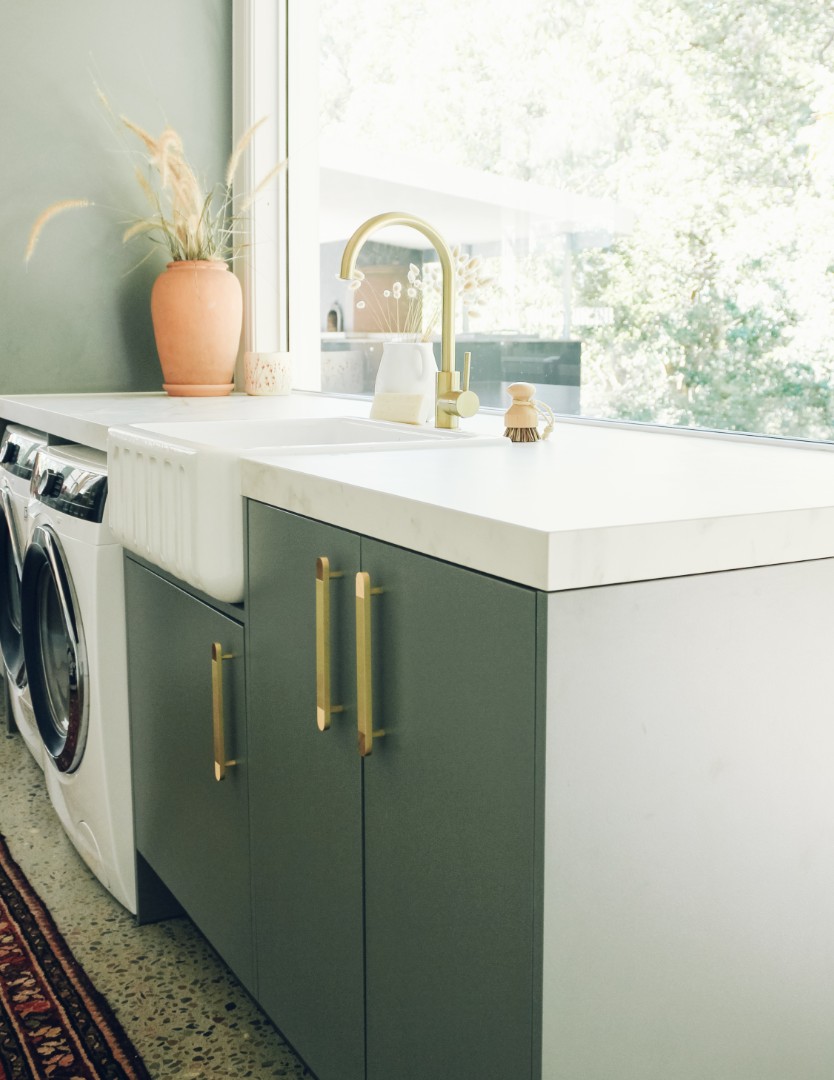
In colour psychology, green is one of the most relaxing and invigorating colours, a perception that could only be made possible from our connection to nature. Introducing green hues into your interior scheme will subconsciously remind you of the outdoors. Other earthy colours such as mustard, baby blue, and desert pink are increasingly popular in homes for their natural affiliation.
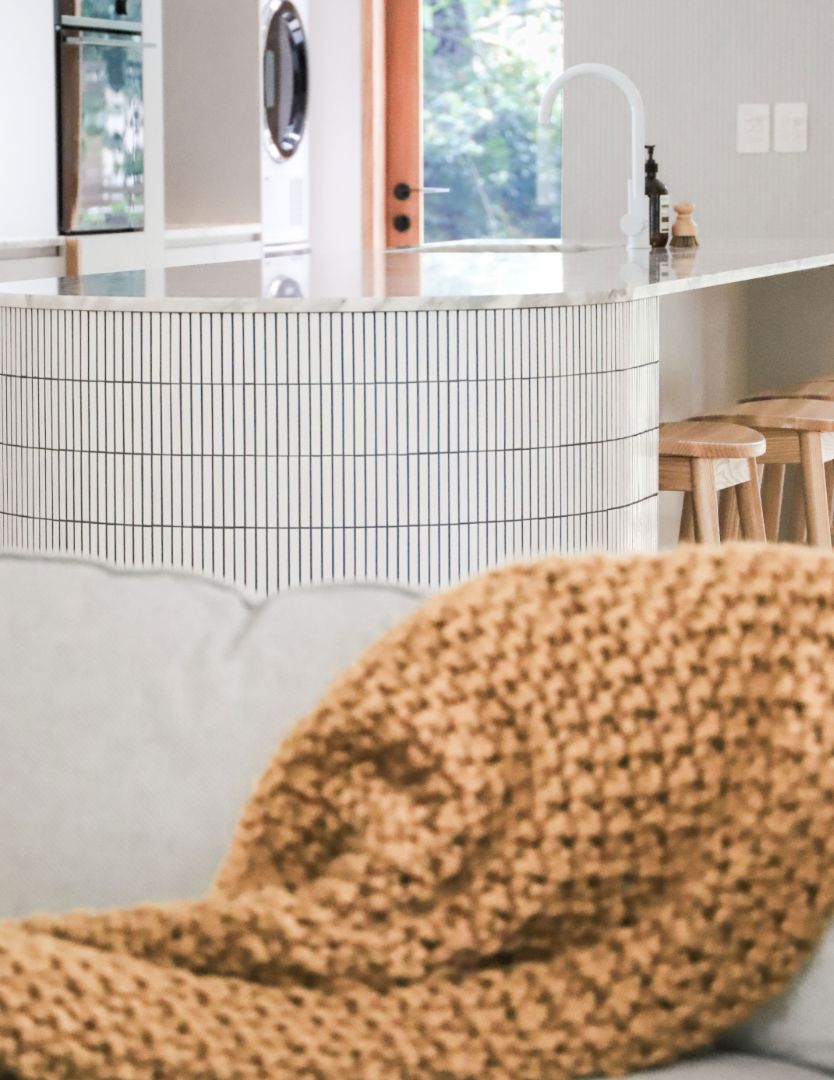
Incorporating different shapes into your home’s design helps replicate the feeling of nature to your brain. We seldom find sharp, angular lines of perfection in the natural world, so try putting curved, organic forms into your space. Whether it be a spiral staircase to represent a crawling vine or an arched mirror to mimic the sun on the horizon, your brain will still recognise the patterns found in nature.
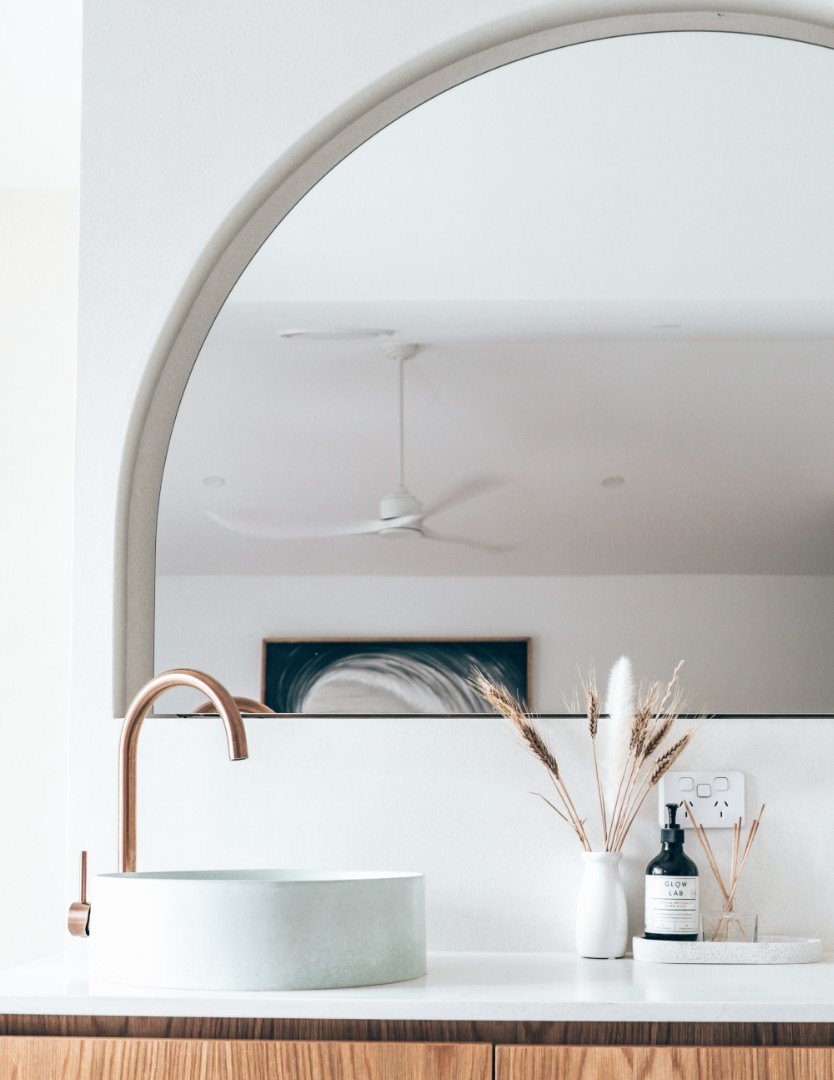
Texture is also a significant element to help bring about biophilic interiors. Nature is an incredibly tactile environment, with the many different textures enthralling young and old for generations. Even without physical touch, the look of textured objects and the shadows they can cast stimulates our senses. From a plush rug to mirror a grassy field or a slated stone wall to reference the ancient layers of a cliff, there are numerous ways to bring more texture into your home.
ART
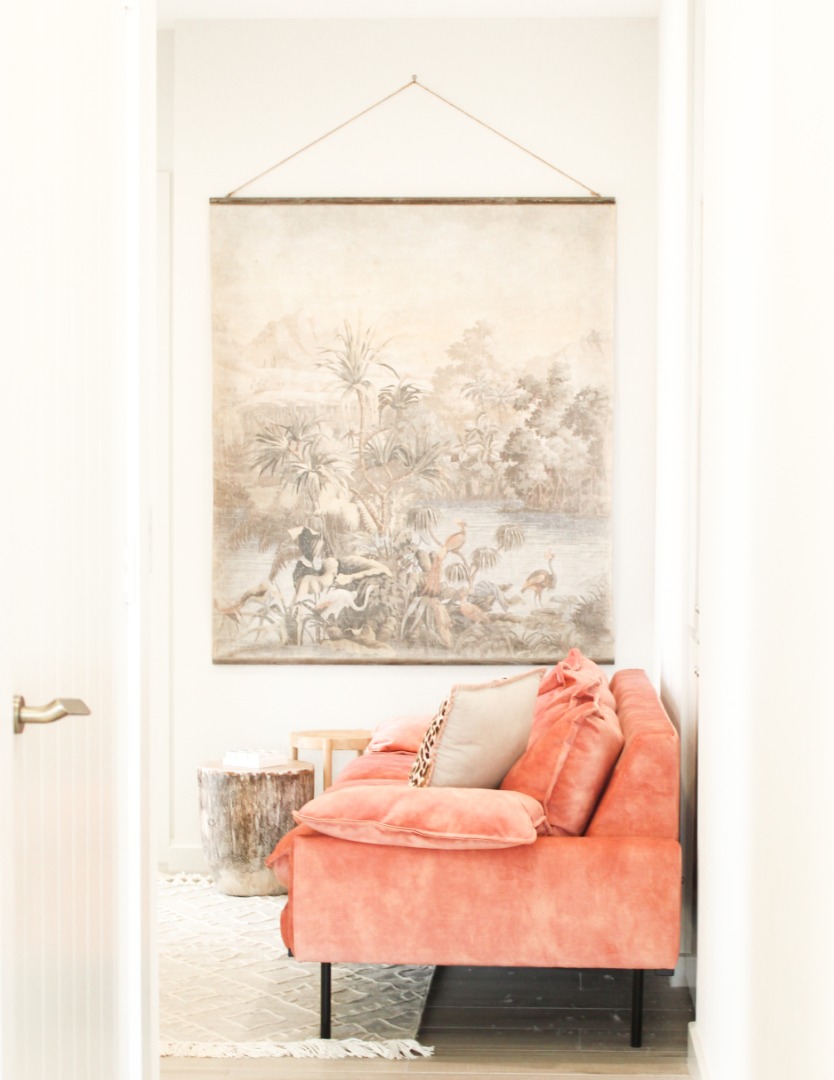
Sometimes in urban areas, the windows inside your home can’t frame the natural world outside- because it’s not there. If your view is predominantly buildings, and you are looking to endorse more biophilic qualities into your home, look for photographers and artists that depict nature in their work.
Studies suggest that even looking at photos of the natural world can reduce stress. Even further, the rate of recovery for hospital patients who viewed more nature scenes was faster than those without.
FURNITURE
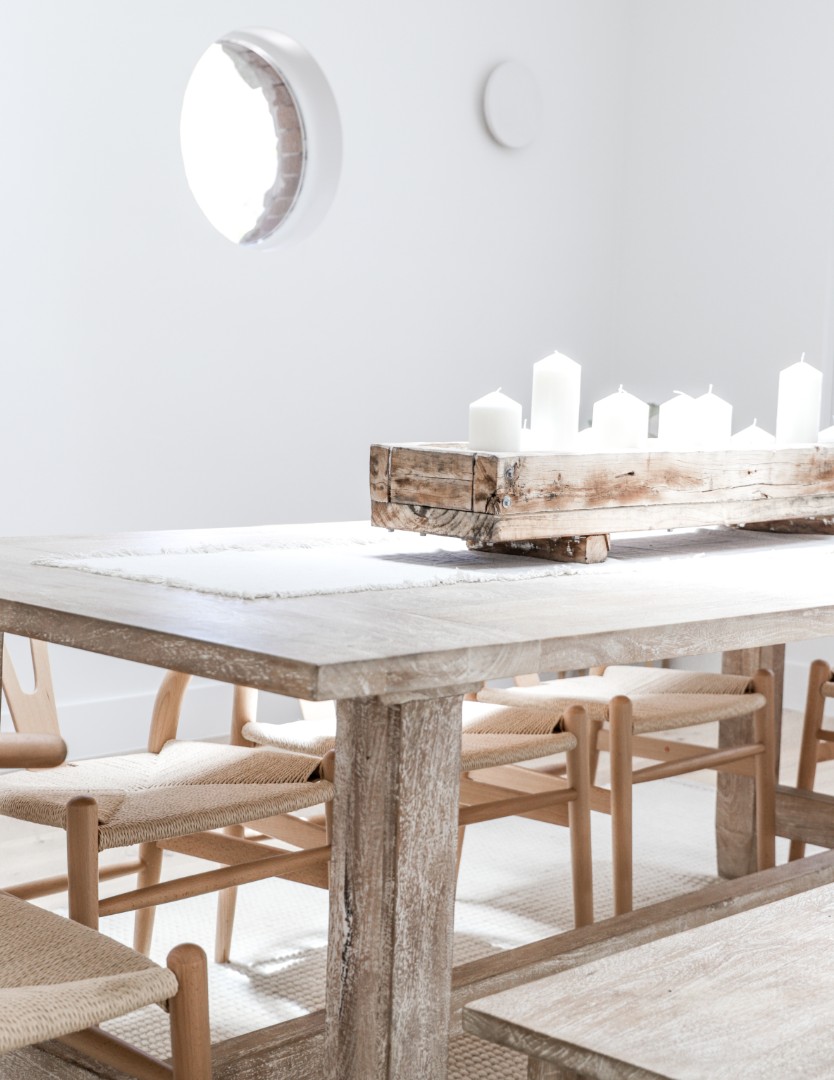
The furniture you choose can still incorporate biophilic principles into your home. Items made from natural materials such as wood, stone or rattan can highlight a part of the outdoors. The less processing a product has to undergo will create more of a biophilic presence indoors.
AIR AND WATER
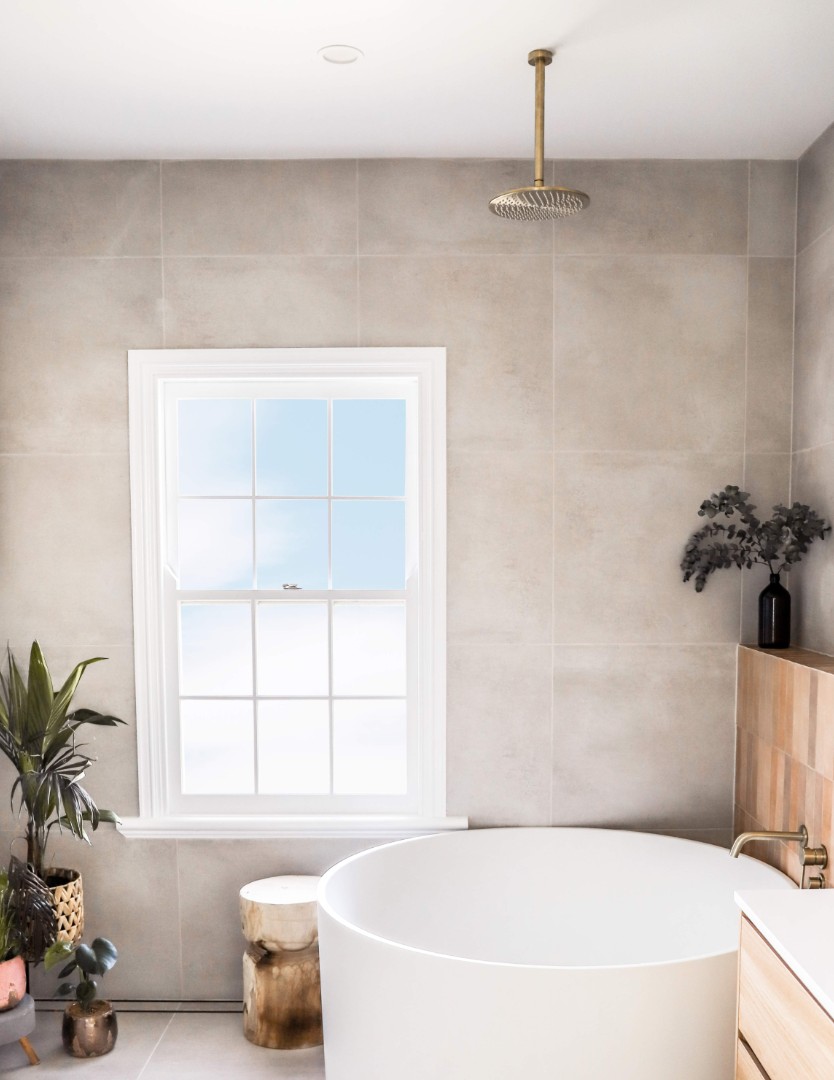
If your local temperature permits, opt for open windows and fans instead of air conditioning. The feeling of wind engages a biophilic home, and also, some plants (especially the temperamental Fiddle Leaf Fig) love wind to help them grow. In big cities where buildings can obstruct airflow and denigrate its quality, it may be a good idea to purchase an air purifier to filter out any toxins.
There aren’t many options when incorporating the element of water into your home in a biophilic fashion. If you have the space to build a river through your house, go for it, but generally, a great idea is installing a rain shower.
The difference between a rain shower versus a regular one is that a rain shower directly falls above the users head. This mimics rain’s natural positioning, as a traditional shower extends from the wall and hits the user at a lower angle.
Our Shower Head Round and range of shower arms allow water to fall directly above you.
